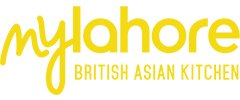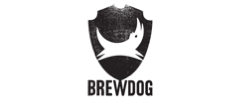The impact of the Pandemic has been massive, particularly on the hospitality sector. So, how can you use data to better understand the state of your business and more importantly, what you need to do as an operator to drive your business forward? In looking at the market that is emerging, with changed consumer behaviour and operators shutting down sites (potentially reduced competition) the time is ripe for a targeted data driven strategy to drive your business forward.
In this article I will look at how data can be used to make the right decisions now, that could have a major impact on the shape of your business in the next 12 to 24 months.
So, what has reopening been like?
The picture will be different depending on location, type of business and historical brand demand patterns. The starting point for this analysis is to look at data relating to July 2020, by comparison with the same period in 2019. The key data sets are; guest count and revenue by time and day of week as well as product mix.
The other important data to consider would be staff hours and F&B cost ratios in relation to revenue. It is also important to consider your different revenue streams, as many restaurant operators have been successful in developing new streams of revenue around click and collect and delivery. This could indicate both a demand shift and possibly a new revenue opportunity, with potentially new clients that need to be nurtured for the future.
The sample data provided below will help support key decisions such as; are the staff ratios correct, is there a need to re visit the menu or pricing, is client data capture in place to engage with new customers? In considering your operation, it is always advisable to consider what the metrics of the leading operators might be. Some industry level data that will help with your action plan for change are also included.

Make informed decisions about staffing levels against revenue

Get the total view of your group’s operations
Employee ranking
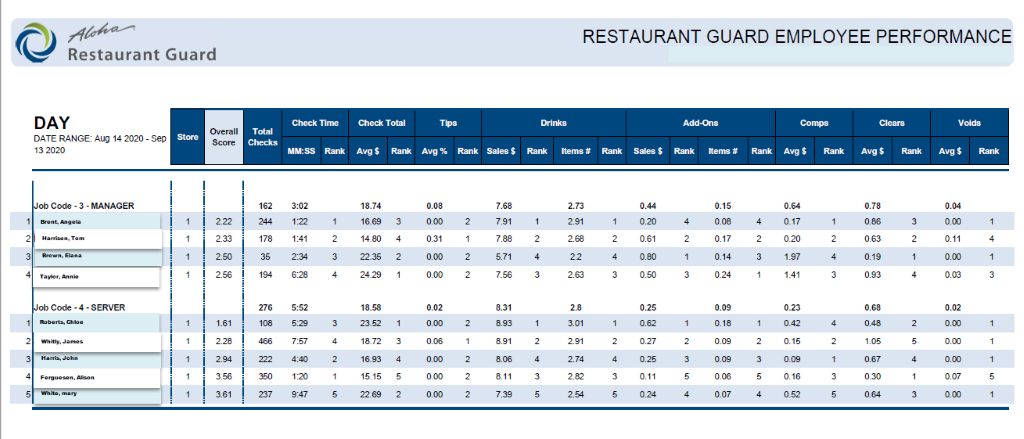
Get a granular view of your staff’s performance
What data helps with driving the revenue plan?
The most important aspect of the recovery plan from the pandemic is the strategy for; retaining existing customers, bringing in new clients in who may have visited another restaurant that is no longer trading and increasing spend on high margin product lines. This is partly an outbound marketing effort, but equally important is the customer service experience, as this typically drives revenue, return visits and most importantly today, positive social media exposure.
The data relevant to the plan to drive revenue falls broadly into the following categories:
- Advanced reservations through multiple channels
- Guest count and spend per guest
- Repeat visits and links to promotions and loyalty programmes
- Table turnaround time and guest wait times
- Reviews and other social media related activity
- Outbound campaigns activity and outcomes
See the data sets below that help with how Loyalty can drive revenue and how social media alerts can support a more proactive approach in delivering a more positive client review and experience.

A snapshot view of the revenue contribution of your loyalty programmes
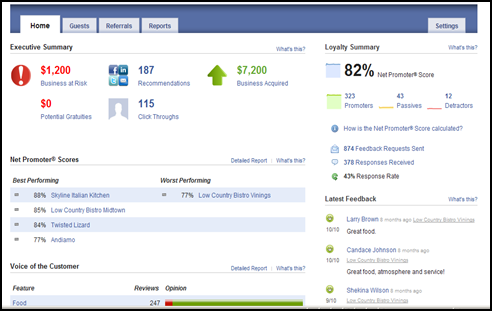
Enhance your social media reputation
What about profitability?
This requires careful assessment of the operating cost base of the business. There are many drivers here; fixed costs like premises cost, but also a careful look at variable operating costs; energy, laundry and promotional costs among other cost categories. But the critical costs that will deliver business profitability are labour costs, head office and site level, as well as food and drink costs and the associated controls of key elements such as wastage. The data sets below provide examples of how labour and F&B costs should be considered, including target ratios and the actions that can be taken to improve operating margins. Typically, robust stock management with accurate waste tracking, combined with smart labour scheduling, provide the foundations of an delivery operational management platform to drive profitability.
Check out some key reports and dashboards that a fully featured F&B management platform can offer.

See all your key operating data in one concise report

Get an end to end view of stock and purchasing
What data supports decisions on longer-term structural adjustments?
Many operators will be facing difficult decisions; locations to close, how to increase revenue per square foot, cost adjustments in key areas such as staffing levels, growing the take- away business, creating a dark kitchen, optimising restaurant layouts, introducing more self-service and streamlining activity like guest ordering and payments.
Many of these decisions will require a combination of historical data as well as access to industry information, which will vary by type of restaurant outlet. The data sets below can offer some insights to support structural adjustments.
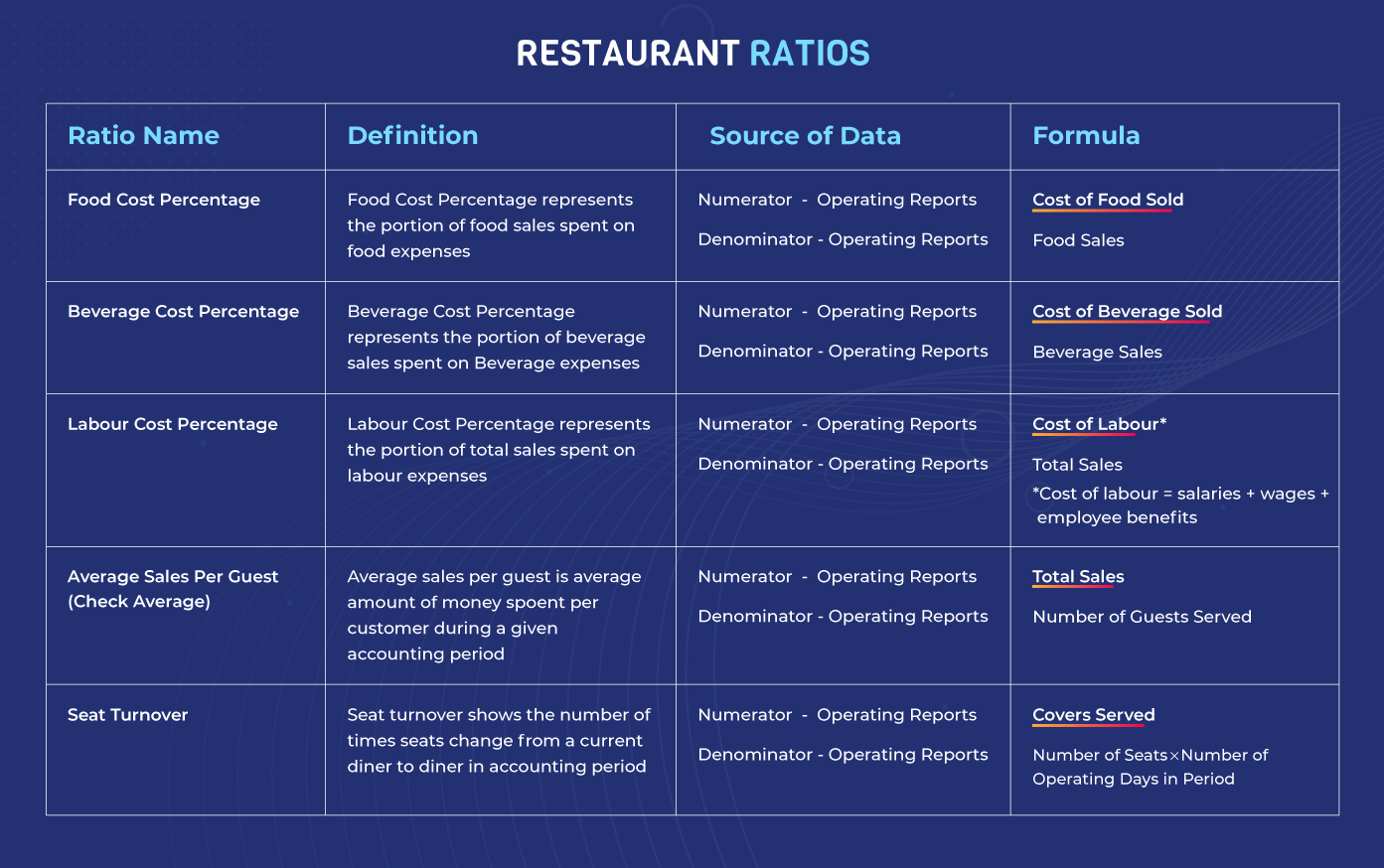
A summary of the key data sets required for successful restaurant operations
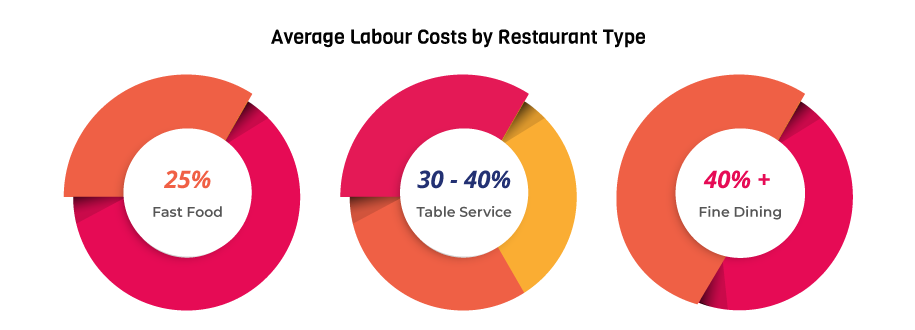
A comparison of average labour costs by industry
Conclusion
Data driven analysis and action plans can make the difference between success or failure when implementing change. The changes that many operators will need to make could be significant across different areas of the business. At the fundamental level there are three significant components; revenue drivers, right sizing the cost base and having real time data to support dynamic changes to product mix/ pricing and tactical labour scheduling decisions.
Most importantly, data could highlight new steams of revenue that could be significant as a result of changes in the market structure and potentially consumer behaviour. Combine good data with a strong commercial acumen, to arrive at the best strategy for your hospitality business.


